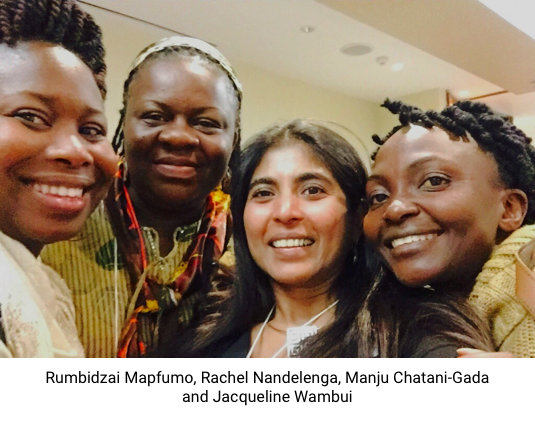Contacts
Mitchell Warren, [email protected], +1-914-661-1536
Kay Marshall, [email protected], +1-347-249-6375
In a report issued today, AVAC warned that major gaps in global HIV/AIDS data stand in the way of delivering HIV prevention advances to millions of people who need them most. The report identifies several critical weaknesses of today’s HIV prevention data collection and monitoring systems and offers a concrete roadmap for closing these gaps. The report, Big Data, Real People, was issued ahead of next week’s International AIDS Conference in Durban, South Africa (July 18-22), where advocates will demand action to speed HIV prevention research and delivery.
“In an era in which big data are expected to improve essentially every part of our lives, there’s no excuse for HIV prevention data systems to be so uneven, incomplete and inefficient,” said Mitchell Warren, AVAC’s executive director. “To have any chance of ending the epidemic by 2030, we need to be collecting and accounting for every bit of useful information from every person living with or at risk for HIV.”
The need for improved HIV prevention data systems is particularly pressing given the UNAIDS “fast-track” goal to reduce new annual diagnoses to no more than 500,000 by 2020. Earlier this month, UNAIDS reported that the number of new HIV infections has remained near 2 million per year for the past decade.
Report identifies specific HIV data gaps, recommends solutions
AVAC’s report focuses on four critical data gaps that must be addressed to effectively prioritize, target and measure the impact of efforts to develop and deliver HIV prevention advances.
Specifically, today’s HIV prevention data are:
- Not sufficiently broken down by age, gender, income status, key population status and other vital categories
- Missing or incomplete for key populations most in need of prevention, including adolescent girls and young women, men who have sex with men, transgender women, and others
- Not tied to useful HIV prevention metrics and indicators, so that it is impossible to know whether prevention programs are actually averting infections and improving health
- Not effectively informing the HIV prevention research agenda
To overcome these weaknesses, the report outlines three critical strategies that should be pursued most urgently:
1. Standardize and systemize data collection and reporting for HIV prevention
Understand, measure and report on the risk level of people testing HIV-negative; create and measure linkages to evidence-based prevention for people at substantial risk; and use a standardized “Prevention Data Dashboard” to continually evaluate progress. Such dashboards would consolidate and arrange available data to illuminate critical prevention gaps and help the global community, governments and funders better conceptualize their HIV prevention programming and evaluation. AVAC’s report provides a model dashboard for decision-makers to adopt.
2. Improve use of data for adolescent girls and young women
Ensure that a growing volume of available data can be applied in a meaningful way. As a first step, funders, implementers and governments need to do a better job of defining and segmenting this population; map who is investing in what and where; put adolescent girls and young women in control of core aspects of the data-collection enterprise; and adopt gender-specific indicators tailored to girls and women.
3. Put research on the “fast-track” and countries at the center
Fit biomedical HIV prevention research into comprehensive prevention plans tied to national targets for incidence reduction. Countries and research institutions must invest time and resources in stakeholder engagement; ensure that research priorities are informed by epidemiological and other quality HIV data; and develop national research plans for meeting the prevention needs of specific, affected populations.
The new report and related resources, including downloadable graphics, are available now at www.avac.org/report2016.
###
About AVAC: Founded in 1995, AVAC is a non-profit organization that uses education, policy analysis, advocacy and a network of global collaborations to accelerate the ethical development and global delivery of AIDS vaccines, male circumcision, microbicides, PrEP and other emerging HIV prevention options as part of a comprehensive response to the pandemic.
